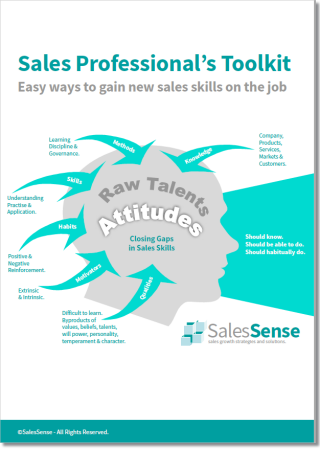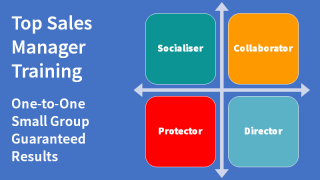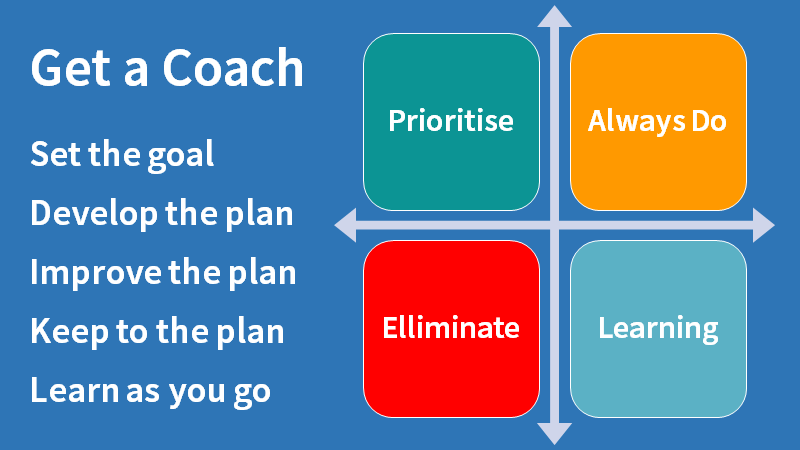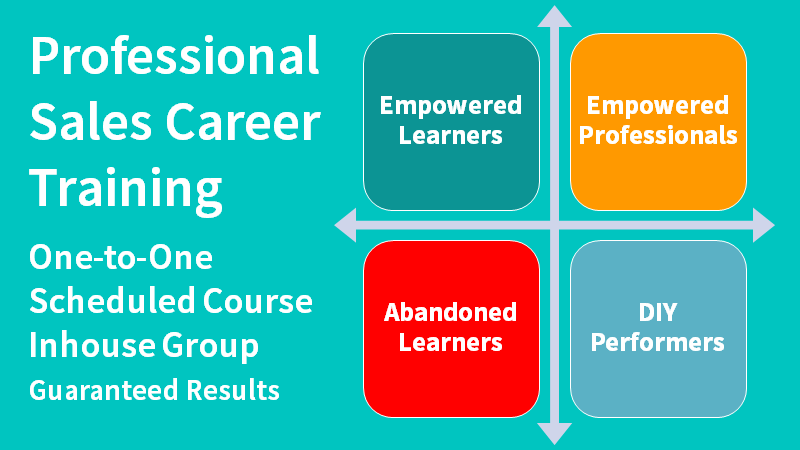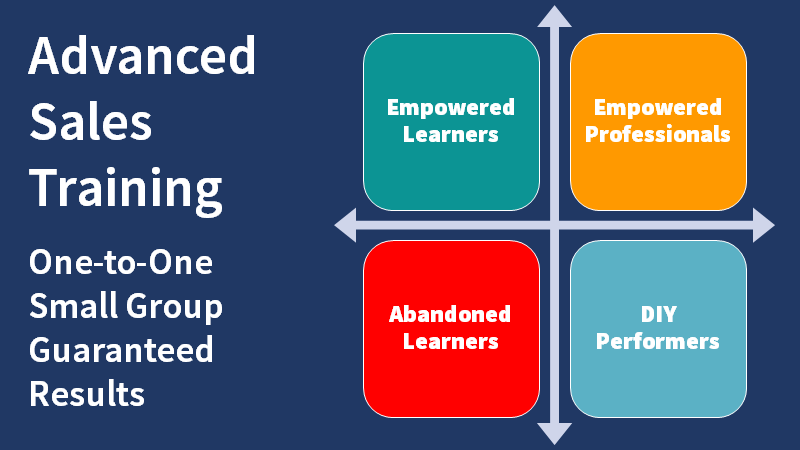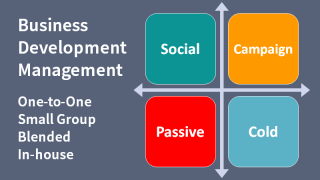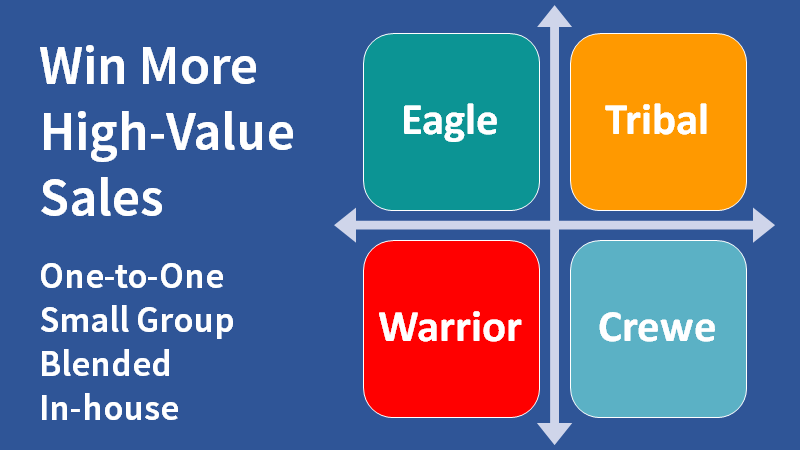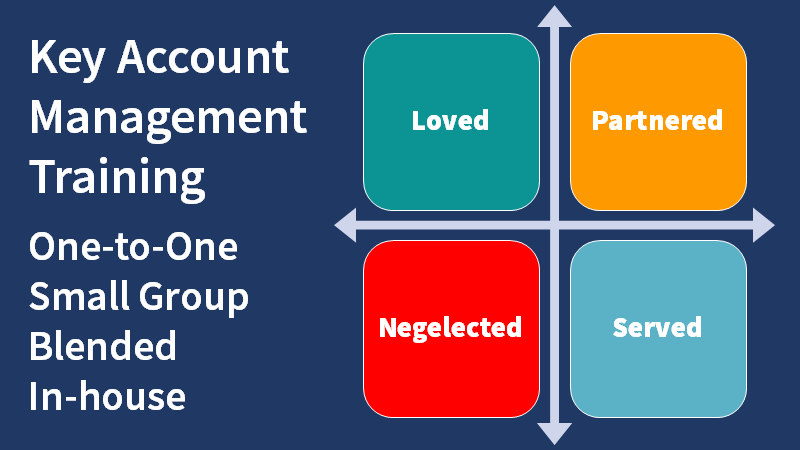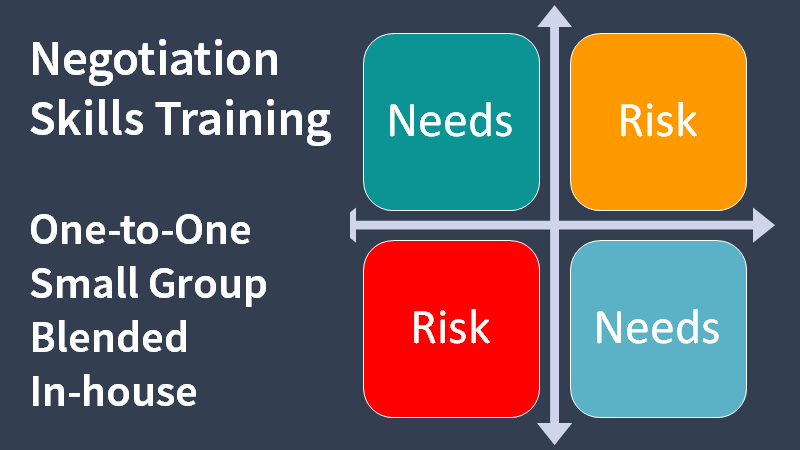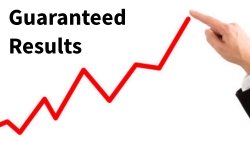The sales wheel is a term used to describe a sales process and a 'go to market' plan.
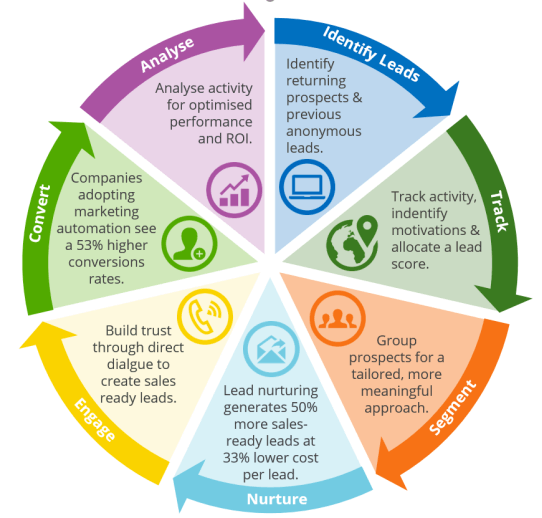
Sales organisations, sales trainers, and consultants use a sales wheel to visualise the sales process. It ensures that all aspects are considered and no steps are accidentally missed.
The fundamental stages in a sales process are:
- Prospecting: Identifying potential customers and initiating contact with them.
- Qualifying: Assessing whether the potential customer is a good fit for the product or service being sold.
- Presentation: Providing the customer with information about the product or service and addressing any concerns or objections.
- Handling Objections: Listening to and addressing any concerns or objections that the customer may have about the product or service.
- Closing: Asking the customer to make a purchase and finalising the sale.
Try our free sales plan assessment to find
your opportunities.
Another type of Sales Wheel describes the stages in a "go to market" plan. This type of Sales Wheel visually represents the steps involved in taking a product or service to market. Startups and businesses use sales wheels to plan and execute their marketing and sales strategies.
Typically, the stages in a "go to market" sales wheel include:
- Market Segmentation: Dividing the target market into segments based on common characteristics, such as demographics, behaviour, or needs.
- Target Customer Definition: Identifying the specific customers within each market segment that the product or service is most likely to appeal to.
- Value Proposition Development: Defining the unique benefits of the product or service and how it solves the customer's needs.
- Channel Strategy: Deciding how to reach the target customers, such as through direct sales, indirect sales, or e-commerce.
- Sales Process Optimisation: Defining and optimizing the steps involved in selling the product or service, including lead generation, qualification, presentation, and closing.
- Customer Acquisition: Acquiring customers through various marketing and sales tactics, such as advertising, events, partnerships, or referral programs.
- Customer Retention: Keeping customers engaged and satisfied, and developing strategies to retain them over time.

Try our free marketing plan assessment
to find improvement opportunities.
Follow the stages outlined in the "go to market" and "sales process" Sales Wheels to develop a complete plan for a successful product or service launch. Use the stages presented in each Sales Wheel to prepare for all aspects of the marketing and sales process and increase the likelihood of a successful outcome.
Test your plan with our free planning assessment.
Article by Clive Miller
Use a sales wheel to visualise a process or plan. For sales enablement resources, telephone +44 (0)1392 851500. We will be pleased to learn about your needs or discuss some options. Alternatively, email custserv@salessense.co.ukor use the contact form here.


